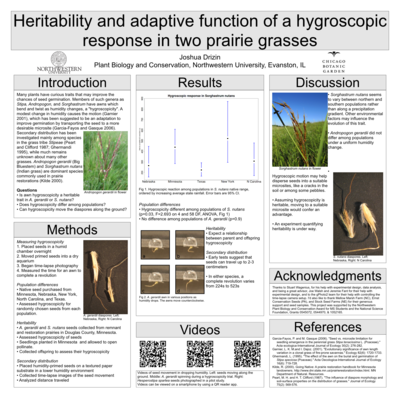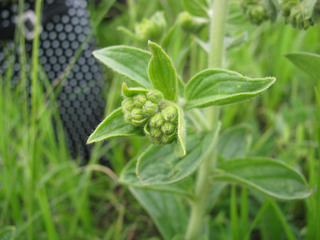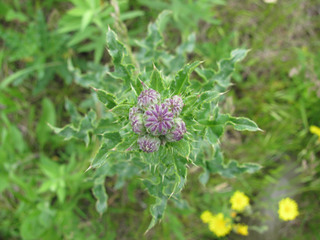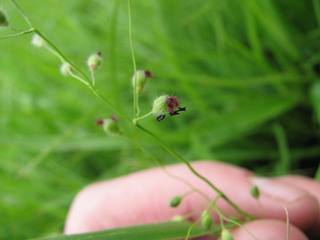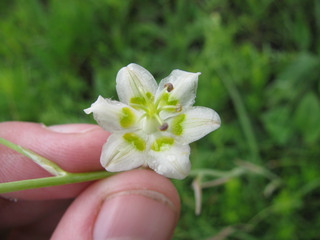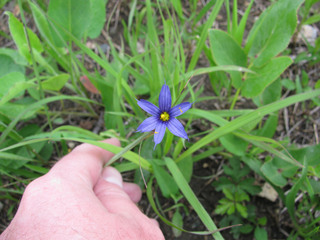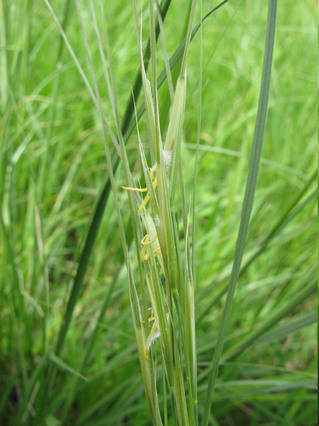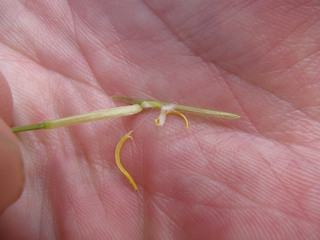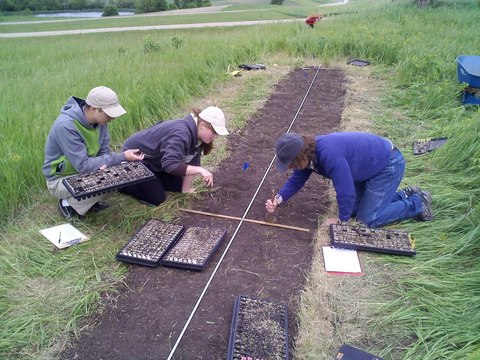I defended my thesis on May 16th, presenting the results of my research on the hygroscopic motion of big bluestem and indian grass. I’ve attached the presentation to this post, though the presentation is a bit light on text. I’m putting together a section on my website with more text, which I’ll link when it’s ready.
|
||||
|
Yesterday, the Mettler Toledo BALNT software was throwing up an error when it was started, preventing weighing. Exact error message: BALNT.exe has generated errors and will be closed by Windows. You will need to restart the program. An error log is being created. This seems to be an error with the config file in the C:Windows or C:WINNT directory. To fix this, take the zip file in I:DepartmentsResearchEchinaceaVolunteersBalancebalancebackup-good2012.zip and extract it to the C: drive. This should overwrite the Balance-May2012 directory on the C: drive. Take the BALNT.ini file from that directory and copy it to C:Windows or C:WINNT, whichever exists. You should be able to start the balance software and begin collecting points. Look at them go! For the first few seconds of the video, anway, Now that we’ve inventoried all the CG1 heads, I checked to see just how many we have. There were about 3009 twist-ties put out, and 119 heads were duds or missing, so our (estimated) total number of good heads is about 2890. CG2 had something like 140 heads, but we haven’t inventoried those yet. Last week (well, 9 days ago), we headed north to the Crookston area to survey the Western Prairie Fringed Orchid (Platanthera praeclara). View image View image View image The new website proposal can be found on a google doc page. We went out to Hegg Lake for a plant-seeing adventure on Wednesday. Click the pictures to embiggen. First of is some Onosmodium, a marbleseed. A garter snake. Stuart knew the latin name but my memory isn’t that good. Penstemon grandiflorus, what are you doing here? You’re not native to this area! Spiderwort, a Tradescantia. A nice find. Dichanthelium is in flower! There’s quite a bit of it this year. Polygala senega was on top of a hill. Death camas (Zigadenus). Watch out. Sisyrinchium. These are blue, unlike the white ones I’ve seen at Staffanson Deer flies. These suckers hurt when they bite. Stipa is in flower! You can see the parts pretty clearly here. Interestingly, the diaspore is pretty much fully formed by the time pollination is happening. This makes sense, as it’s all maternal tissues apart from the seed itself. You can see it on Greg’s hand. I’ve been working with the Stipa germination data we collected from the common garden over the summer for Stuart’s R class and, among other things, have come up with a little plot of the common garden. Filled-in blue circles are where we found Stipa alive, empty circles had no seedlings. A neat thing would be some kind of heat map for longest leaf or number of leaves, but I’ll try that later. |
||||
|
© 2025 The Echinacea Project - All Rights Reserved - Log in Powered by WordPress & Atahualpa |
||||

